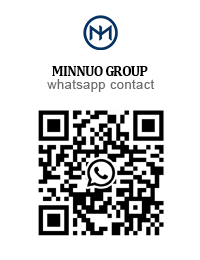In recent years, a portable oxygen concentrator has been playing an increasingly important role in various scenarios such as family oxygen therapy, plateau travel, senior recreation and emergency rescue by virtue of its lightweight, intelligent and flexible features. This article will focus on portable oxygen concentrator user demand, technology trends, market trend, brand competition and the future direction of development, etc., a comprehensive interpretation of the rise of this segment of medical equipment trajectory.
So, why can a portable oxygen concentrator quickly occupy the market in a short period of time? This is not only due to the continuous growth of chronic respiratory disease population, but also due to the awakening of public health awareness, rising demand for family healthcare, as well as technological innovation and policy support is inextricably linked.
If you are concerned about the market opportunities, consumer pain points or investment potential of portable medical devices, this article will provide you with a systematic and in-depth trend insight. From “portable” to “smart”, the change of oxygen therapy equipment has quietly begun.
I. Analysis of User Requirements
Core Requirements of Different Populations
1. Patients with Chronic Respiratory Diseases
This type of users usually need long and stable oxygen therapy support. Portable oxygen concentrators must have the ability to run continuously for 24 hours a day, and at the same time ensure the stability of oxygen concentration to meet the physiological needs of patients with chronic diseases such as chronic obstructive pulmonary disease (COPD) and emphysema. In addition, these patients tend to use the equipment at home, so the noise control requirements for the equipment are higher, and ideally the noise should be less than 45 decibels, so as not to affect the rest and quality of life.
2. Plateau Travelers and Outdoor Enthusiasts
This user group is mainly concerned about the performance of the device in special environments, such as high altitude, low oxygen and large temperature difference in the field. They are more interested in the lightweight design of the device, the structure of the device that is easy to carry on the back or in the car, and the ability to continue to provide a high concentration of oxygen in harsh environments. Battery life is also a key concern for this group, which usually expects the device to last more than five hours without external power.
3. Elderly Users
Elderly users are most concerned with the safety and ease of use of the device. They tend to choose oxygen concentrators with simple operation and intuitive interfaces to avoid incorrect use caused by complicated operation. In addition, the structure of the product must be solid, and the button design should be ergonomic to prevent any obstacles to use due to accidental touching or inability to see the operation panel. Voice prompts or graphic instructions are also critical to enhance their experience.
4. Emergency and Clinical Users
Healthcare organizations such as hospitals, emergency ambulances, and community health service stations use portable oxygen concentrators for the purpose of providing fast and accurate oxygen therapy support. This type of use scenario requires the device to be ready to use, fast start-up time, wide range of oxygen flow adjustment, and accurate concentration display and alarm function. In addition, the adaptability of the device is also key, such as support for DC vehicle power supply, rapid replacement of spare batteries, etc., to ensure that the oxygen supply is not interrupted in times of emergency.
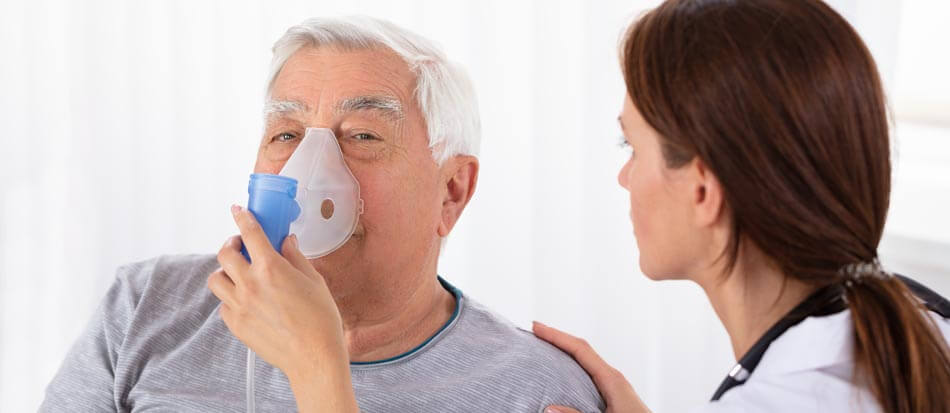
Users are most concerned about
whether the oxygen concentration is stable?
Users’ biggest concern is not whether the machine works or not, but whether the fluctuation of oxygen concentration will affect their health. Especially patients with respiratory diseases have very low tolerance for concentration fluctuations.
How long can the battery last continuously?
Long battery life is a key indicator when using the device outside the home. Users expect the device to supply oxygen stably for at least 4 hours without plugging in.
Can I take it on an airplane?
When traveling internationally or visiting relatives, whether the device can be taken on board as carry-on baggage is a key consideration for many users, which involves the certification requirements of airlines for the device.
Is the product certified by CE, FDA, etc.?
International certifications represent product quality, safety and market acceptance; CE for the EU market and FDA for the U.S. market are the core thresholds for import and export.
Is it suitable for outdoor environment such as plateau, high or low temperature?
Users are concerned about the reliability of the equipment in various extreme climates, including the lack of oxygen in the plateau, high temperature exposure or whether it can still work stably in cold weather.
II. Industry Technology Trends
1. Miniaturization and Lightweight Design
With the advancement of high-performance batteries, new materials and micro-compressor technology, portable oxygen concentrators are developing in the direction of being more compact and lightweight. Mainstream brands have adopted modular design to integrate the oxygen compression, filtration and output systems into one, minimizing the weight and volume of the equipment without sacrificing performance.
Many products on the market can be easily put into backpacks or boarding luggage, and some models even adopt shoulder and trolley case designs, greatly enhancing the convenience of outdoor carrying and daily commuting. The development of this kind of “wearable” equipment makes portable oxygen generation truly realize the leap from ‘movable’ to “portable”.
2. Noise control technology
Quiet operation is one of the most important indicators of the quality of portable oxygen concentrators, especially for home users and nighttime users, a low-noise environment is crucial to sleep quality and living comfort.
In order to meet this demand, many brands have optimized the internal air duct structure, compression system and the choice of silencing materials, as well as the use of low vibration silent compressor, solenoid valve and hose buffer design, to achieve the whole process of silent upgrade.
At present, the operating volume of excellent products on the market is generally controlled below 40 decibels, which is equivalent to the quietness of a library or a bedroom, almost not disturbing the surrounding environment. This also means that portable oxygen equipment can be more widely used in offices, hotels, high-speed rail carriages and other noise-sensitive scenes.
3. Intelligent and Remote Management
Intelligent control system has become the standard configuration of high-end portable oxygen concentrators. The new generation of equipment generally supports remote management by cell phone App, and users can realize real-time check of equipment status, adjusting flow rate, setting timer function and other operations through Bluetooth or Wi-Fi connection, which significantly improves the convenience of use.
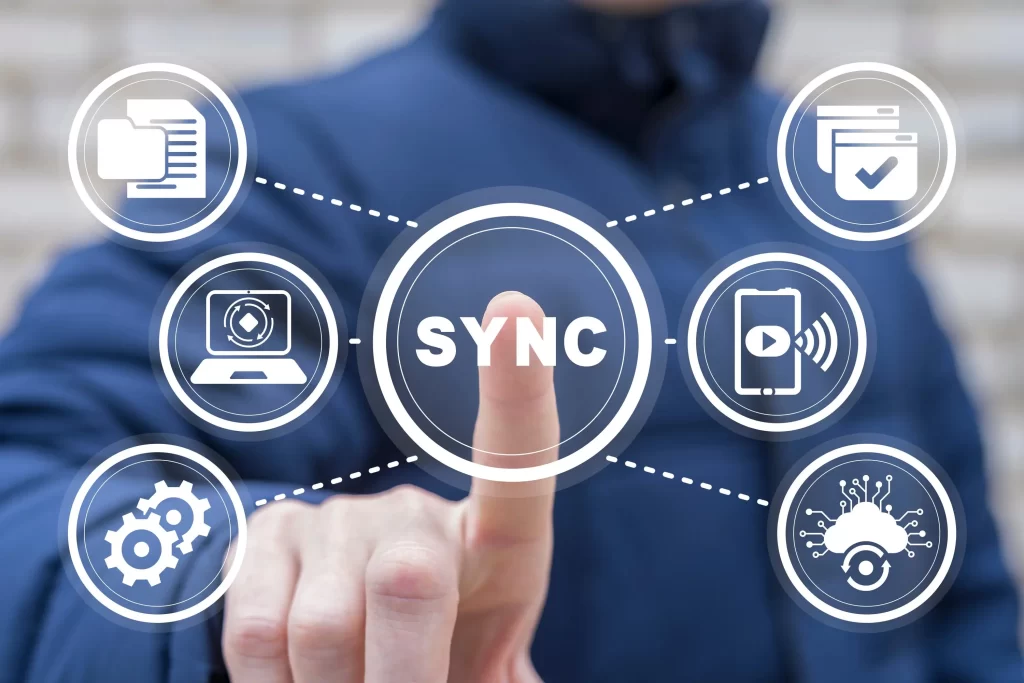
III. Market Size and Regional Development Trends
1. Global Market Growth Trends
According to the forecasts of several authoritative market research organizations, the portable oxygen concentrator market is in a rapid growth stage. It continues to expand at a CAGR of more than 8%, and is expected to exceed the scale of USD 10 billion by 2030. The driving forces behind this trend include the following:
Accelerating population aging: the demand for oxygen therapy equipment among the middle-aged and elderly groups has increased significantly, especially in Asia-Pacific and European countries;
Rising prevalence of chronic respiratory diseases: the number of patients suffering from diseases such as chronic obstructive pulmonary disease (COPD) and asthma continues to increase;
Rising awareness of family medicine: the epidemic has driven people to focus on their daily health management, and portable medical equipment is becoming the new family standby Category;
Rise in the heat of plateau tourism and outdoor activities: to promote the diversification of the use of outdoor portable equipment scenes.
This means that the portable oxygen concentrator market is not only growing in demand with medical attributes, but also transforming into a healthy lifestyle consumer product.
2. Key sales channels
Diversification of sales channels is one of the key factors driving market expansion. Currently, the major sales channels for portable oxygen concentrators are divided into the following categories:
Rapid development of e-commerce platforms: platforms such as Amazon, Ali International Station, eBay, etc., which enable the equipment to be detached from the traditional offline medical sales system and directly face the end consumers (B2C), especially active in North America, Southeast Asia, and the Middle East markets;
Medical channels are still the important pillars: hospitals, and community health service centers, Pension institutions still retain professional procurement channels, and some brands participate in the clinical market through bidding and fixed-point distribution;
Overseas distribution agency model prevails: Chinese manufacturers, in particular, tend to carry out overseas localized sales layout through regional distributors to improve market penetration.
Overall, the pattern of online and offline integration and coexistence of multi-tier markets has further enhanced the accessibility and awareness of portable oxygen concentrators.
3. Policy and Certification Impact
The regulations and standards for medical portable devices in the international market are extremely stringent, and the certification system has become a prerequisite for whether brands can enter the target market:
FDA (U.S. Food and Drug Administration)
FDA is the necessary certification for entering the U.S. market, especially for the accuracy of the oxygen concentration, electrical safety, and biocompatibility of the materials with stringent requirements;
CE (European Union compliance marking)
CE is applicable to the European market, covering mechanical safety and electromagnetic compatibility. It applies to the European market, covering mechanical safety, electromagnetic compatibility and other standards, and is an important passport to open the market of European Union countries;
ISO 13485 Quality Management System Certification for Medical Devices
ISO is a global standard for standardized management of medical device enterprises, which is of great significance to improve brand trust and export stability.
Meanwhile, the local policies of different countries also have a positive impact on the development of oxygen equipment. For example, some provinces in China have included portable oxygen equipment in the medical insurance reimbursement catalog, and some insurance companies in the United States also support the medical reimbursement of portable oxygen equipment, which provides policy support for the development of the market.
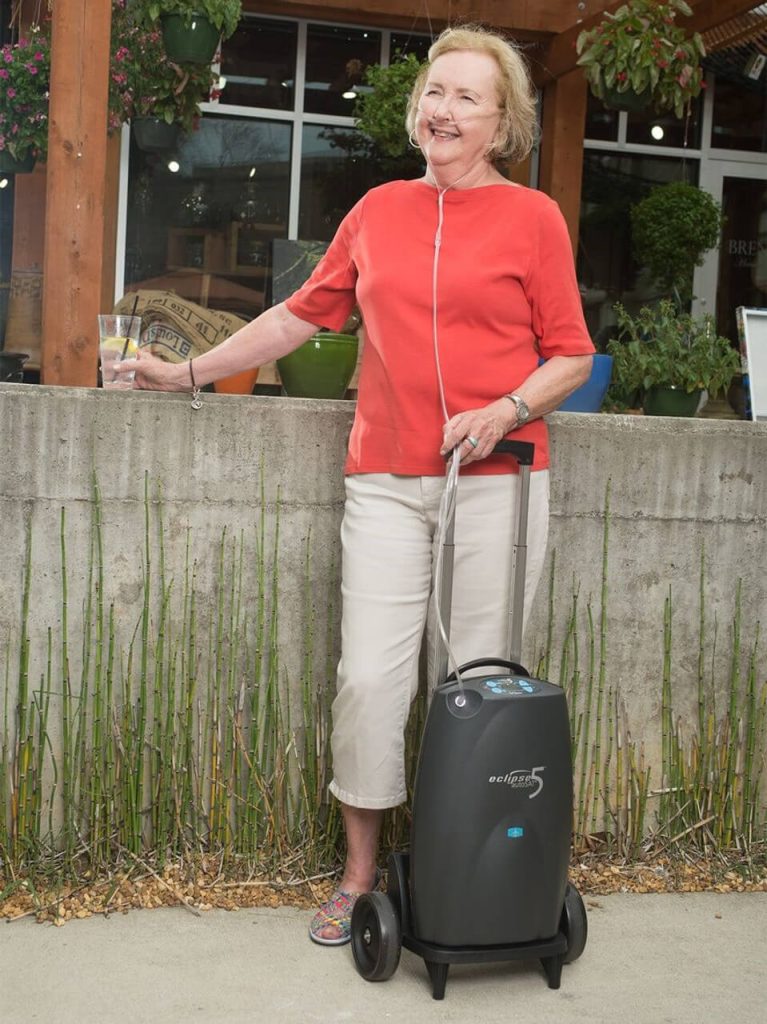
Ⅳ.User pain points and industry response strategies
1. Insufficient range and inconvenient to carry
Although portable oxygen concentrators emphasize “portability”, they still face the dual challenges of limited range and inconvenient structure in actual use. Currently in the mainstream market, the battery life of the device is generally between 2-5 hours, for users who need to go out for a long time, traveling or plateau operation, power anxiety is still a major obstacle.
Industry Response Strategy:
High-end brands have adopted replaceable battery design and high-capacity lithium battery pack solutions, and some of the devices also support vehicle or mobile power charging, to ensure that the user can still maintain the oxygen supply in the absence of electricity. At the same time, the product structure is also more humanized, such as the introduction of backpack type, trolley case type design, greatly enhancing the convenience and comfort of use, and truly realize the “out of the door that is to take away” the freedom of the oxygen therapy experience.
2. Oxygen concentration instability
Oxygen output concentration stability will be interfered by external temperature, power, altitude changes and other factors, if the equipment is not strong control ability, it may lead to the output of oxygen concentration fluctuating, affecting the therapeutic effect, and even bring danger to users with respiratory diseases.
Industry Response Strategy:
The leading brand in technology realizes real-time monitoring and automatic adjustment of oxygen output parameters through the introduction of dual-sensor closed-loop control system and AI concentration correction algorithm, ensuring that the oxygen concentration is always within ±1% of the set value, and the oxygen can be supplied stably even in complex environments such as cities, fields or plateaus. In addition, some of the devices are equipped with real-time concentration display and alarm function, which improves the controllability and safety in the process of using.
3. After-sales service and maintenance guarantee
Portable oxygen concentrator as a semi-medical equipment, once a failure occurs, the user often lacks the ability to repair by themselves, especially for the elderly, after-sales response is slow or the service is not in place will greatly affect the use of experience.
Industry Response Strategy:
High-quality brands have generally established a globalized service network, providing two years or even longer warranty commitment, and 24-hour online customer service, remote diagnostic support, users do not need to send back the device to get the initial troubleshooting and technical guidance. Some companies have also introduced a “modular structure + quick release design” to facilitate the user to replace commonly used accessories, such as filters, batteries, piping, etc., significantly reducing the use of the process of maintenance difficulties and costs.

V. Analysis of Major Brands and Competitive Landscape
1. International Mainstream Brands
In the global portable oxygen concentrator market, several major international brands, such as Philips Respironics, Inogen and Invacare, occupy a leading position. Relying on their profound strengths in core compressor technology, precise concentration control system and long-term medical clinical accumulation, these brands have built up a high degree of trust and brand stickiness in the medical grade market in Europe and the United States.
The products of these companies are usually characterized by high concentration output stability, high-end positioning, and after-sales completeness as the core selling points, and the price is generally higher than the average market level, mainly for patients with chronic diseases and medical institutions procurement channels. Due to their early layout and strict quality system, these brands still have high technical barriers and loyal customer groups in the international market.
2. Rise of Emerging Chinese Brands
Chinese brands represented by MINNUO are rapidly entering the portable oxygen concentrator track in recent years. Through precise market segmentation, product structure innovation and channel globalization, Chinese manufacturers have achieved remarkable growth in markets such as the Middle East, South America and Southeast Asia.
Compared with international brands, Chinese emerging brands have a more cost-effective advantage, and provide more flexible customization services, multi-version language support, simplified operation design and other value-added solutions under the premise of product features, which are especially suitable for cross-border e-commerce platforms and small and medium-sized medical institutions. brands such as MINNUO have also responded to changes in orders quickly through modular manufacturing and high-efficiency production capacity, which forms the dual advantages of rapid delivery and scale cost control. The brands such as MINNUO also respond quickly to changes in orders through modular manufacturing and high efficiency production capacity, forming the double advantage of fast delivery and scale cost control.
3. Trend of platform and price war
With the release of the dividend of e-commerce platforms, the sales channels of portable oxygen concentrators continue to migrate online, and platforms such as Amazon and Alibaba International Station have become a must-contend place for brands. At the same time, the fierce competition has given rise to a clear trend of price war. A large number of low-end brands through the compression of manufacturing costs, the sacrifice of performance stability to obtain a low-priced advantage, the price of the entire industry to cause downward pressure.
In the face of this environment, with core technology brands are gradually to “value competition” transformation, no longer rely solely on low prices to attract users, but through functional innovation, intelligent control, after-sales protection, personalized experience to enhance the added value of the product, the establishment of brand barriers, enhance user stickiness, so as to get out of the quagmire of low-priced competition, to achieve sustainable Development.
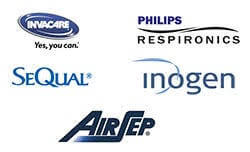

Ⅵ. The future trends and investment direction
1. To smarter, more environmentally friendly direction
The future development of portable oxygen concentrator will focus on the intelligent control system, environmental protection and energy technology and the depth of the integration of equipment sustainability design. Several core directions include:
Brushless motor applications: compared with traditional brush motors, brushless motors are not only longer life, higher efficiency, but also significantly reduce operating noise and equipment maintenance costs, especially for portable equipment on the stability of the high demand for lightweight;
Long – life and environmentally friendly lithium battery technology: the next generation of lithium batteries will have higher energy density, shorter charging time and longer cycle life. Meanwhile, with an emphasis on recyclability and green manufacturing in material selection, the next generation of lithium batteries will be more environmentally friendly;
Cloud platform and AI-assisted management system: the device can be connected to the cloud through Wi-Fi, Bluetooth, etc., and combined with the AI intelligent algorithms to automatically analyze the usage data to help the doctor remotely adjust the oxygen therapy program, and the user can also understand the status of their own oxygen therapy in real time, forming a closed-loop health management experience.
This combination of “hardware + data platform + intelligent decision-making” opens up a transformation path from products to services for the oxygen equipment industry, and also brings new growth points for investors.
2. Integration of home and clinical markets
Traditional portable oxygen concentrators are mainly used in home scenarios, while the future development trend is the blurring of the boundaries between the home and the clinic, and the equipment should not only satisfy the convenient needs of ordinary users for daily use at home, but also comply with the clinical standards of the professional medical field.
Consumer demand escalation: more and more users want to have high-quality devices with clinical precision, medical certification and safety performance guarantee at the same time, especially in the context of chronic diseases, post-surgical recovery, and geriatric recuperation;
The trend of “dual certification” of products is increasing: mainstream products will tend to obtain both “home-grade and medical” certification in the future. The trend of “dual certification” of products is increasing: future mainstream products will tend to obtain both “household-grade and medical-grade dual certification” (e.g., CE medical device category, FDA 510K certification, etc.) in order to adapt to the market demand of diversified scenarios;
Specialized transformation of home medical equipment: portable oxygen concentrators are no longer just an “auxiliary tool” but will be regarded as the core of home medical equipment. Specialized transformation of home medical equipment: Portable oxygen concentrators are no longer just “auxiliary tools”, but will be regarded as core members of home medical equipment, and together with smart blood pressure monitors and glucose meters, they will form an ecosystem for home health management.
This trend of integration means that product development, brand positioning and sales strategy will gradually move towards a new stage of medical grade + consumer grade, becoming an important focus point for the next round of industrial innovation.
Conclusion
Portable oxygen concentrator, as an important form of modern oxygen therapy equipment, is at a critical point of rapid iteration and continuous growth. Users’ focus on the equipment is gradually expanding from a single oxygen supply capacity to a variety of dimensions such as range capacity, oxygen concentration stability, intelligent control and after-sales service. At the same time, the equipment is constantly adapting to multiple scenarios, such as plateau, outdoor, family and clinical, showing a highly flexible and functionally integrated trend of technological evolution.
As a manufacturer with many years of experience in developing and exporting oxygen and nitrogen equipment, MINNUO is committed to providing customers with more efficient, more stable and more intelligent gas solutions. From portable oxygen generators to industrial-grade nitrogen systems, MINNUO’s lean technology, stringent quality and responsive after-sales support help customers around the world to realize a safe, efficient and low energy consumption gas experience.

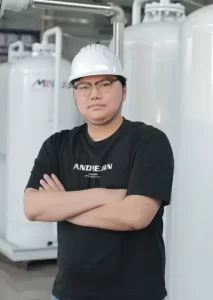
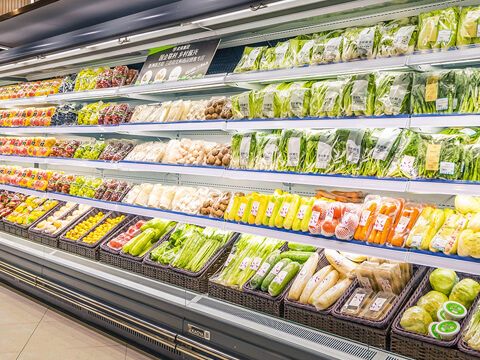
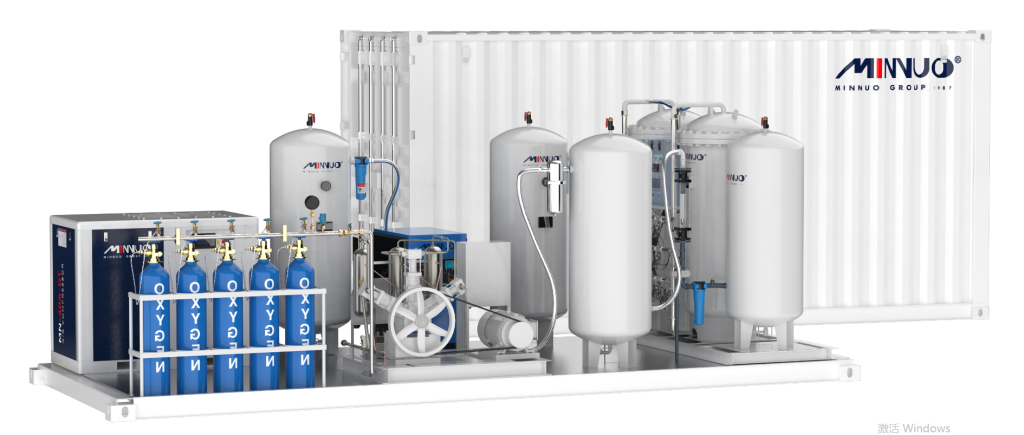
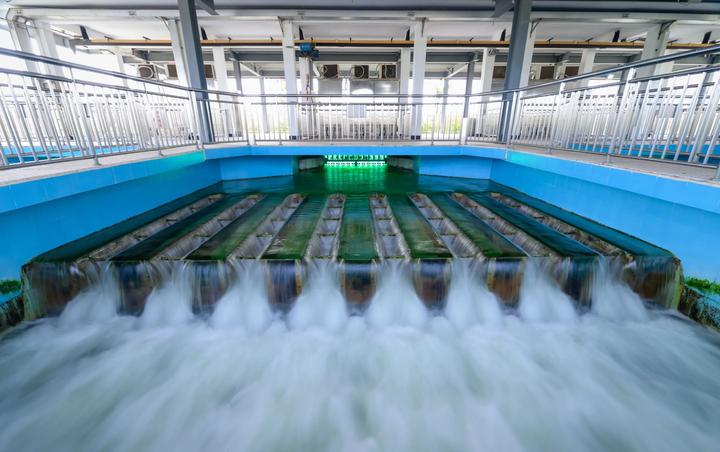

 sales2:+86 17506119168
sales2:+86 17506119168